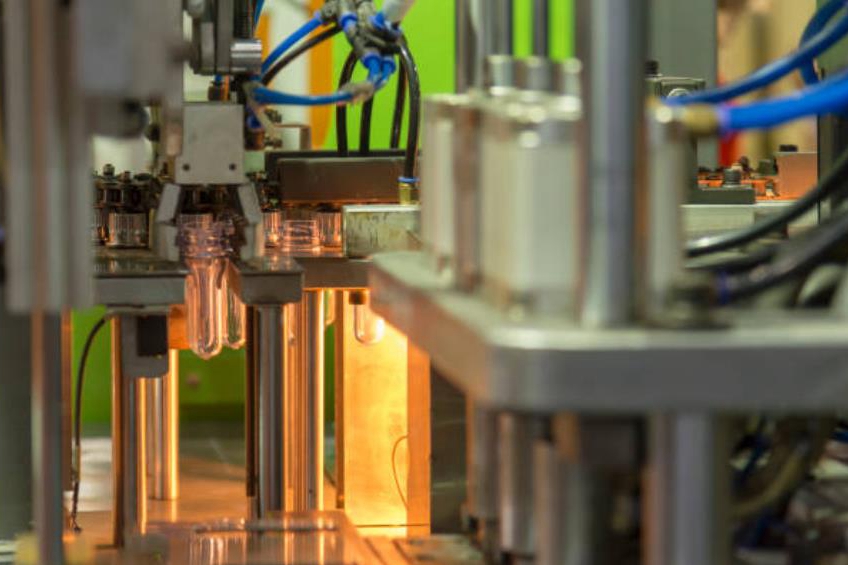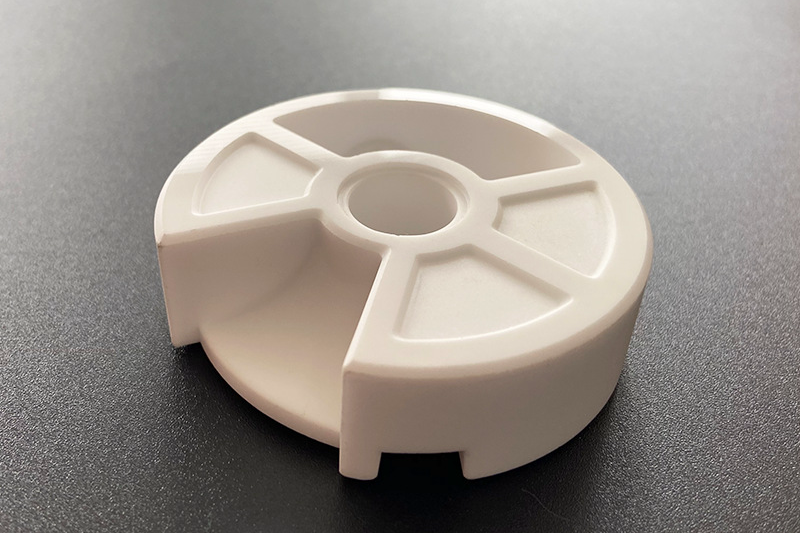How do you ensure consistency and traceability of part quality in large-scale production?
Ensuring Consistent and Traceable Quality in Large-Scale Production
In high-volume manufacturing, consistency and traceability are achieved through a combination of process control, automated inspection, material certification, and digital documentation. At Neway, these systems are designed to maintain performance across diverse production workflows—from early prototyping to mature molding processes, such as metal injection molding (MIM), injection molding, and precision forming. Regardless of the manufacturing route, each step is governed by ISO-aligned protocols to ensure every batch meets the same dimensional, structural, and cosmetic standards.
Process Control and Repeatability
Once tooling and process windows are validated, stable mass-production quality depends on maintaining precise control of key variables. For molding processes—whether CIM, overmolding, or plastic injection molding—parameters such as injection pressure, mold temperature, sintering curves, and cooling rates are recorded and locked. For metal forming methods like precision casting or aluminum die casting, gating design, alloy flow behavior, and die thermal balance are continuously monitored to eliminate porosity and deformation. In every case, digital equipment logs ensure that each batch adheres to the validated process window.
Inspection Systems and Dimensional Verification
Consistency across thousands of components requires layered inspection. Neway applies automated methods, such as optical scanning, coordinate measuring machines (CMMs), and SPC-based sampling, to verify dimensional accuracy. Early-stage features are validated through CNC machining prototyping and refined before tooling is frozen. After mass production begins, cosmetic and structural attributes can be enhanced or stabilized via controlled processes like tumbling, PVD, or anodizing, depending on the material system. These post-processes are themselves documented with traceable parameters such as coating thickness and hardness.
Material Certification and Lot Control
Material traceability begins with the selection of certified alloys or polymers from documented sources. For metallic systems—such as MIM 316L, Inconel 600, or titanium alloys—chemical composition is verified upon receipt. For high-performance ceramics, such as zirconia or silicon nitride, particle size, purity, and moisture levels are carefully monitored. Lot-based tracking ensures that each production batch can be linked back to its raw material certification and processing history.
Digital Traceability and Quality Records
All inspection data, machine parameters, and material lot information are stored in traceable digital records. Each batch or shipment is assigned a unique code that links to its manufacturing history, test reports, and surface-treatment documentation. When finishing techniques such as black oxide coating, electroplating, or painting are applied, these processes are logged with relevant QC data such as color deviation, coating adhesion, and corrosion-resistance results. This digital structure guarantees full backward traceability in the event of a field issue or audit.



